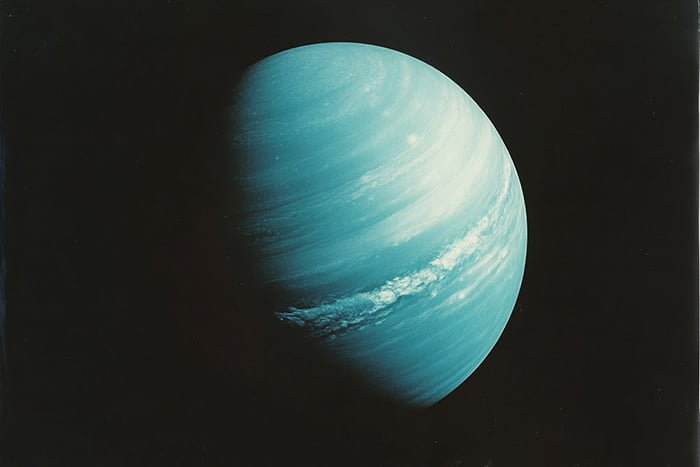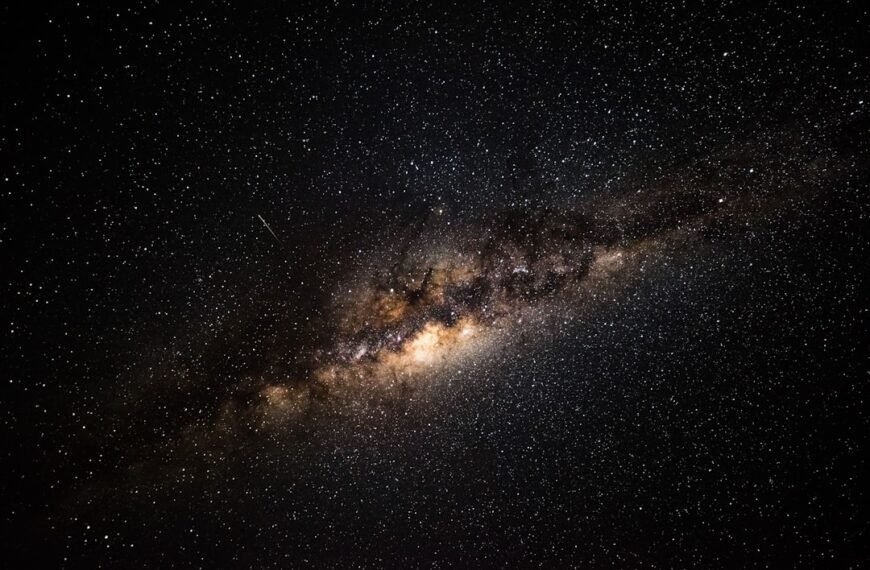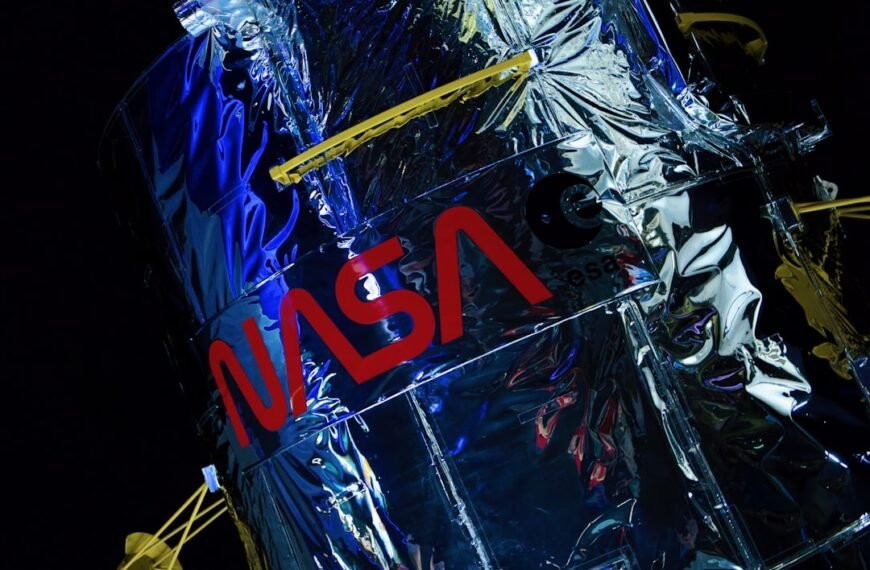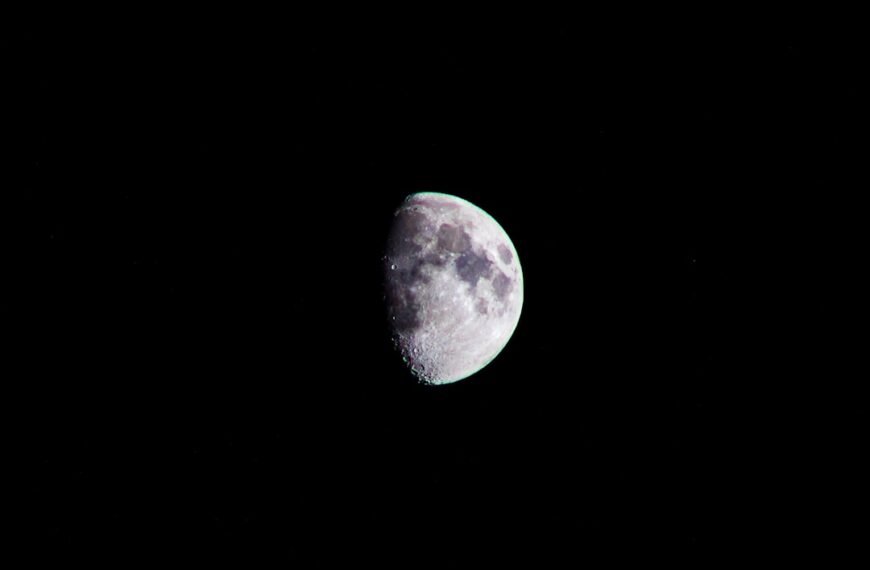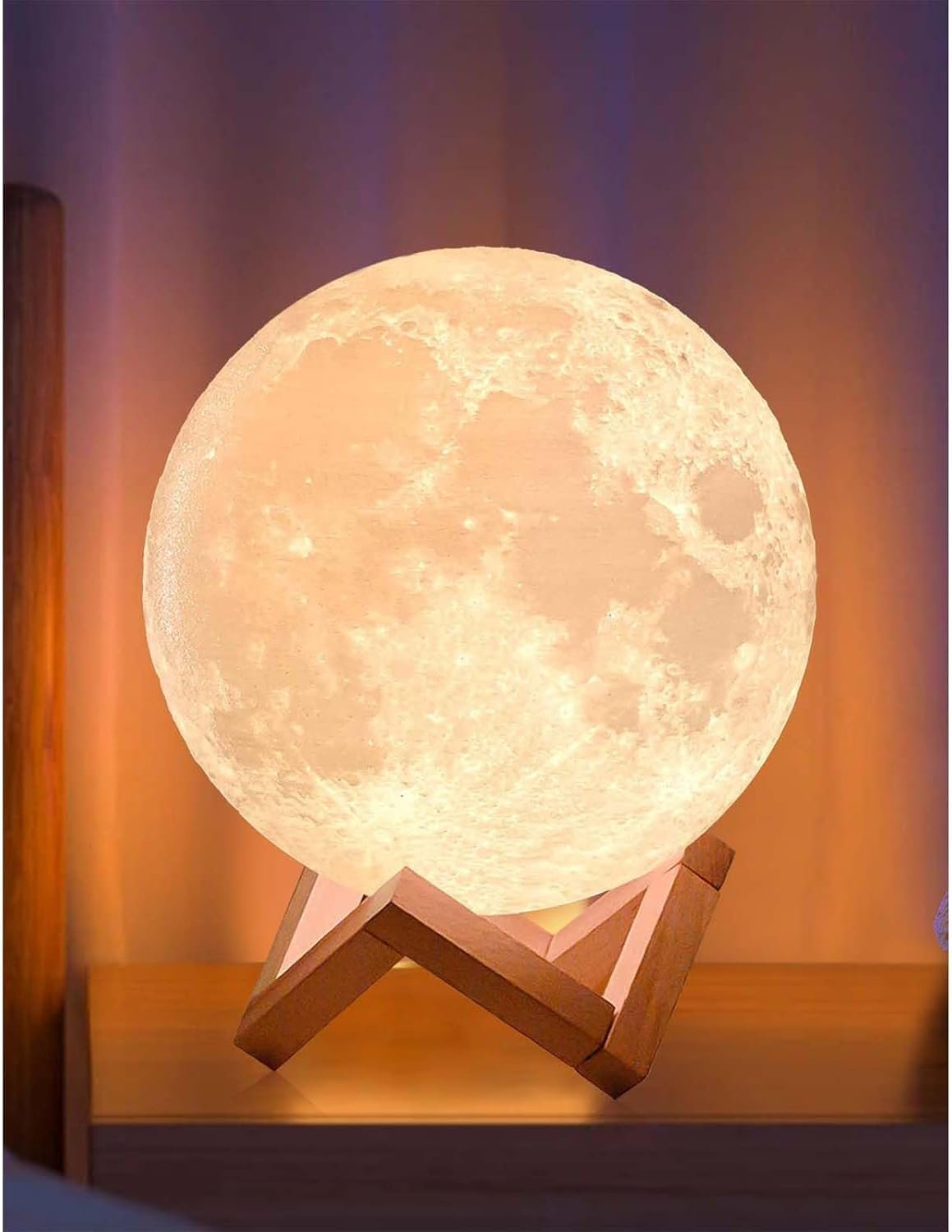Neptune, the eighth planet, discovered in 1846, is a gas giant with 2000 km/h winds, a deep blue color, and intriguing moons like Triton.
Key Takeaways 📝
- Remarkable Discovery: Neptune was the first planet discovered through mathematical predictions rather than direct observation, showcasing the power of scientific ingenuity.
- Surprising Winds: Neptune’s winds can reach speeds of over 2,000 km/h (1,200 mph), making it the windiest planet in our solar system.
- Contrarian Perspective: Triton, Neptune’s largest moon, is believed to be a captured dwarf planet from the Kuiper Belt, challenging traditional notions of moon formation.
- Real-World Application: Future missions to Neptune and its moons could provide insights into the formation of life and the early history of our solar system.
- Core Message: Neptune’s unique characteristics and complex systems continue to inspire and challenge our understanding of planetary science and the universe.
Neptune, the eighth and final planet in our solar system, is a true marvel of celestial engineering. Situated at the farthest reaches of our planetary family, this distant world has captured the imagination of astronomers and the general public alike since its discovery in 1846. As the fourth-largest planet and the smallest of the gas giants, Neptune’s unique characteristics and captivating history make it a fascinating subject of study.
The Discovery of Neptune
The story of Neptune’s discovery is one of scientific ingenuity and collaboration. In the early 19th century, astronomers observed that the orbit of the planet Uranus was not quite matching the predictions made by their mathematical models. This discrepancy led the French astronomer Urbain Le Verrier to hypothesize the existence of an undiscovered planet whose gravitational influence was perturbing Uranus’ path.
Le Verrier calculated the predicted position of this hypothetical planet and shared his findings with the German astronomer Johann Galle. On September 23, 1846, Galle and his assistant Heinrich d’Arrest pointed their telescope to the sky and, remarkably, found the new planet exactly where Le Verrier had said it would be. This remarkable achievement made Neptune the first planet to be discovered through mathematical predictions rather than direct observation, cementing its place in the annals of scientific history.
Neptune’s Characteristics
Neptune is a true giant, with a radius of approximately 24,764 kilometers (15,387 miles) – about four times the size of Earth. It is the fourth-largest planet in the solar system, surpassed only by Jupiter, Saturn, and Uranus. Despite its immense size, Neptune is classified as an “ice giant” along with Uranus, as its composition is markedly different from the gas giants Jupiter and Saturn.
Neptune’s atmosphere is primarily composed of hydrogen and helium, with significant amounts of methane. This methane gives the planet its distinctive deep blue color, which is further accentuated by the presence of high-altitude clouds of frozen methane crystals. The planet’s interior is believed to consist of a solid rocky core surrounded by a mantle of ice, water, and other volatile compounds.
One of the most remarkable features of Neptune is its powerful wind system. Winds on the planet can reach speeds of over 2,000 kilometers per hour (1,200 miles per hour), making Neptune the windiest planet in the solar system. These winds are driven by the planet’s internal heat, which is believed to be generated by the gradual compression of the planet’s interior as it continues to cool over time.
Neptune’s Moons and Rings
Like the other gas giants, Neptune is orbited by a system of moons and rings. The planet’s largest moon, Triton, is a particularly intriguing celestial body. Triton is the seventh-largest moon in the solar system and is believed to be a captured dwarf planet that was once part of the Kuiper Belt, a region of icy bodies beyond the orbit of Neptune.
Triton’s surface is covered in a thin layer of frozen nitrogen, methane, and carbon monoxide, giving it a distinctive reddish-brown hue. The moon is also geologically active, with evidence of cryovolcanism – the eruption of icy materials from its interior. This activity, along with Triton’s retrograde (backward) orbit around Neptune, suggests that it was once an independent Kuiper Belt object before being captured by the planet’s gravity.
In addition to its moons, Neptune also has a faint system of rings, first discovered in 1989 by the Voyager 2 spacecraft. These rings are composed of dark, reddish-colored dust and debris and are much less extensive than the dramatic ring systems of Saturn or Uranus.
The Mysteries of Neptune
Despite the wealth of information we have about Neptune, the planet still holds many mysteries that continue to fascinate astronomers and the public alike. One of the most intriguing questions is the source of Neptune’s intense internal heat, which drives its powerful winds and weather systems.
Another area of active research is the understanding of Neptune’s unusual magnetic field, which is offset from the planet’s rotational axis by a significant angle. This offset, along with the complex interactions between Neptune’s magnetic field and its surrounding plasma environment, have led to the discovery of unique auroral phenomena on the planet.
Additionally, the Neptunian system, with its diverse array of moons and ring structures, provides a rich laboratory for studying the formation and evolution of planetary systems. The capture of the dwarf planet-sized Triton, for example, offers clues about the dynamic processes that shaped the outer solar system in its early history.
Exploring Neptune’s Future
As humanity continues to push the boundaries of space exploration, Neptune is poised to be a prime target for future missions. The development of advanced spacecraft and imaging technologies will undoubtedly reveal even more about this enigmatic world, potentially shedding light on the origins of our solar system and the conditions necessary for the formation of life.
Indeed, the exploration of Neptune and its moons, such as the potentially habitable Triton, could provide invaluable insights into the diversity of planetary environments and the search for extraterrestrial life. As we continue to unravel the mysteries of this distant giant, we can’t help but be inspired by the sheer scale and complexity of our solar system, and the ongoing quest to understand our place within it.
Neptune, the farthest planet from the Sun, is a true marvel of the solar system. From its dramatic discovery through mathematical predictions to its unique physical characteristics and captivating moons, this enigmatic world has captured the imagination of scientists and the public alike. As we continue to explore and study Neptune, we can expect new and exciting discoveries that will further our understanding of the origins and evolution of our planetary system, and perhaps even the broader universe beyond.


